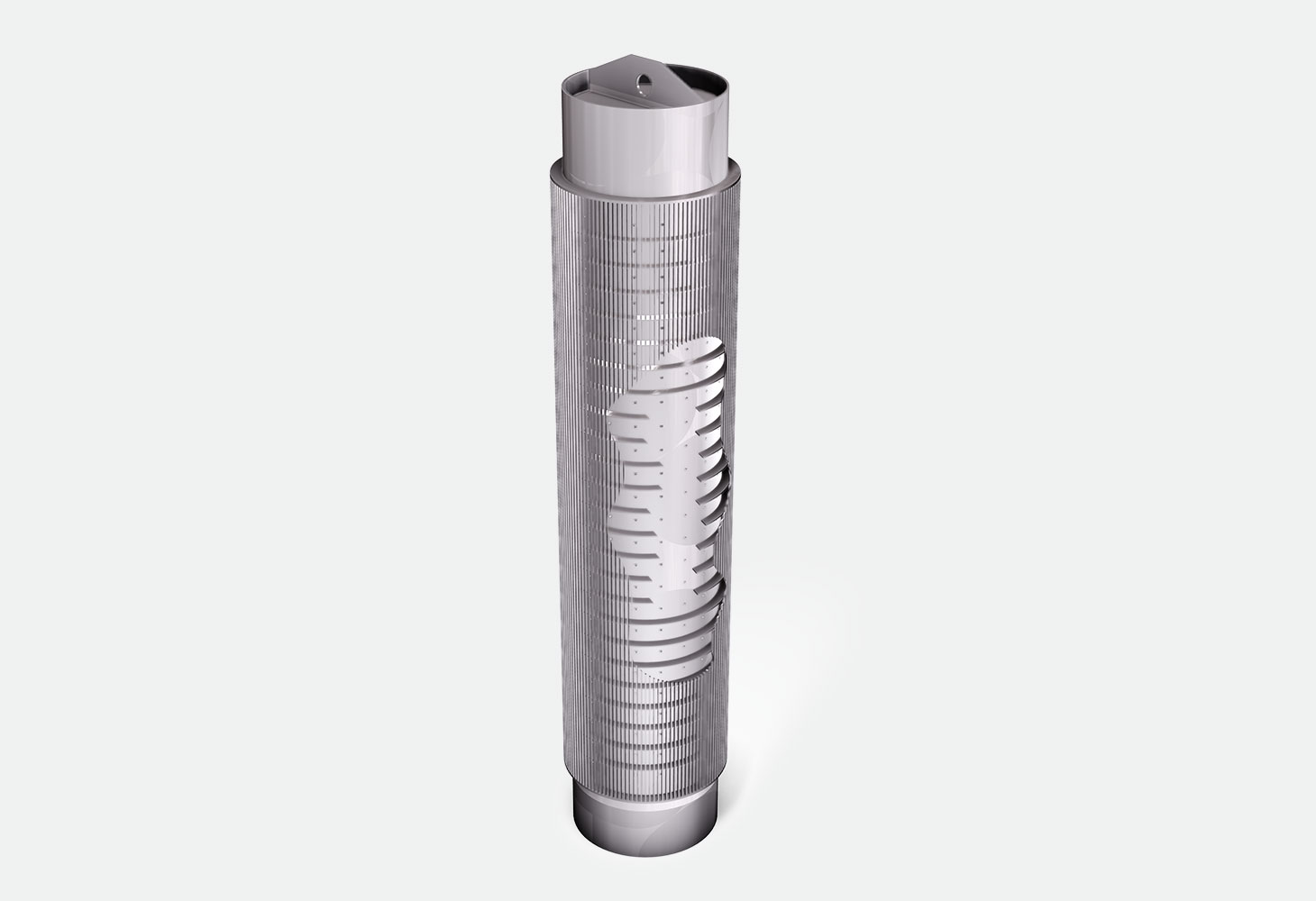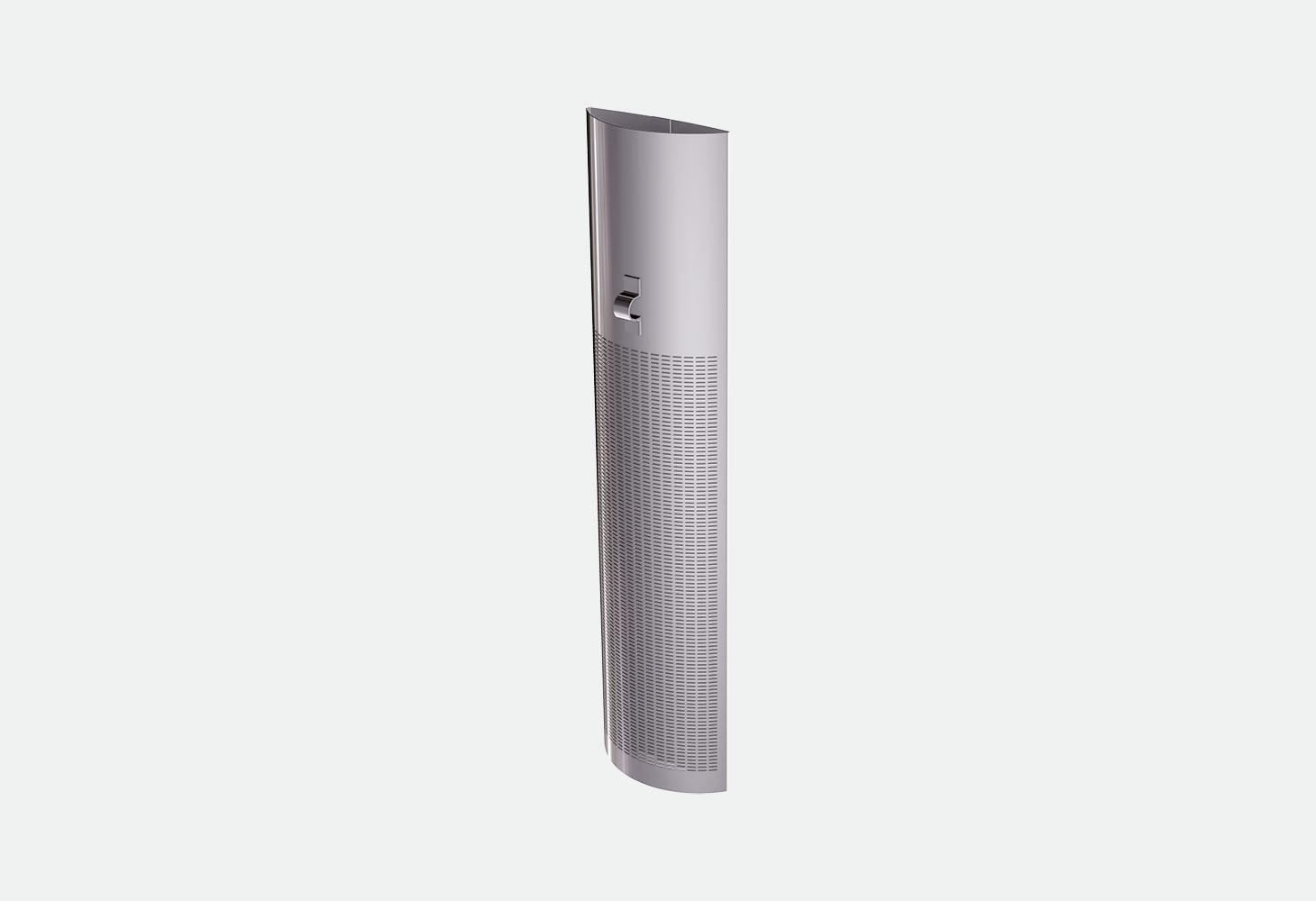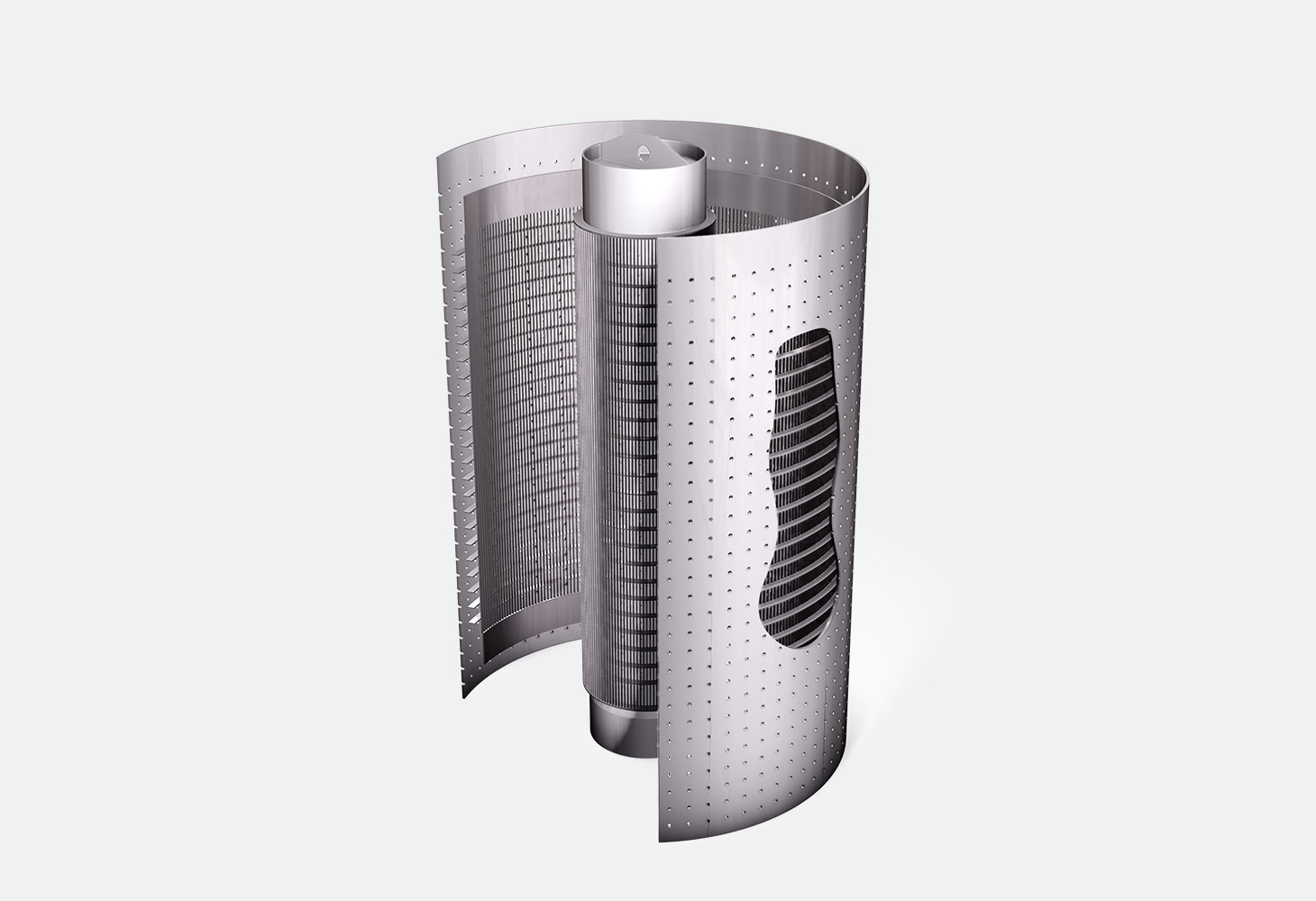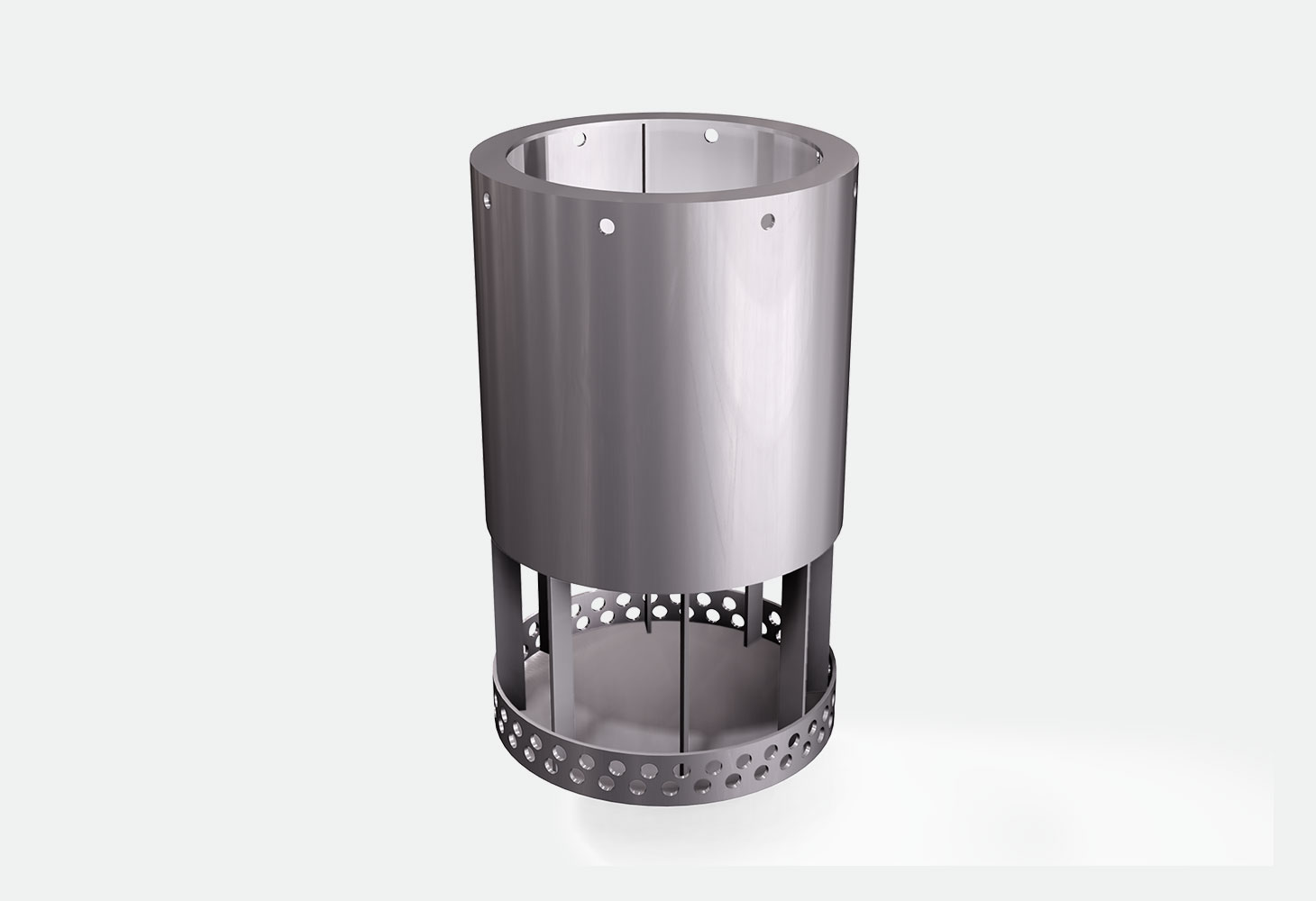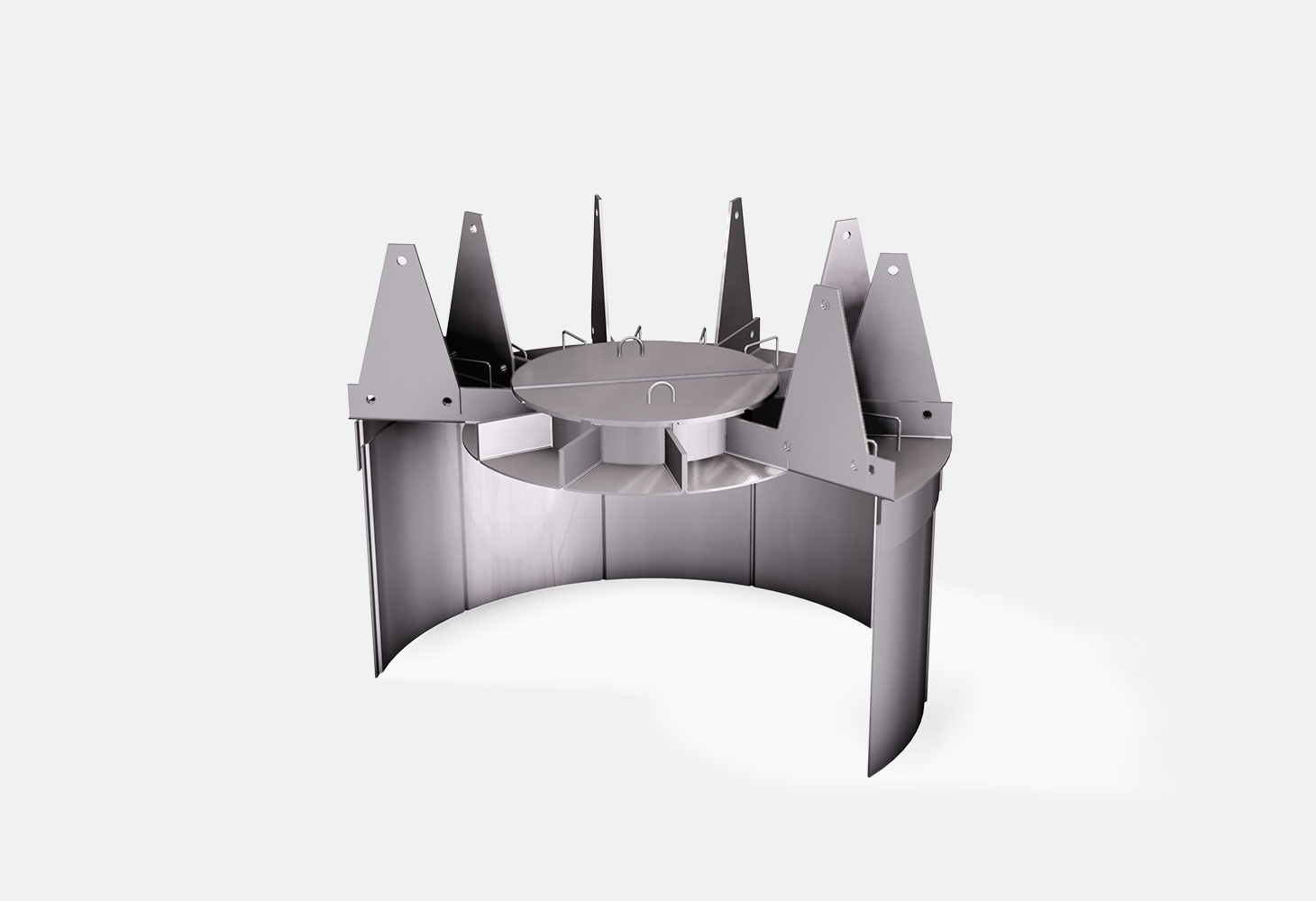Costacurta has long-standing experience in the mechanical design and manufacture of radial flow reactor internals for catalytic reforming.
Catalytic reforming aims to convert low octane naphtha into a high-octane product for blending with other petrol and/or to supply petrochemical plants with aromatic compounds (benzene, toluene and xylene). Reforming also produces high purity hydrogen for hydrotreating processes.
Do you have a specific request?
Contact us now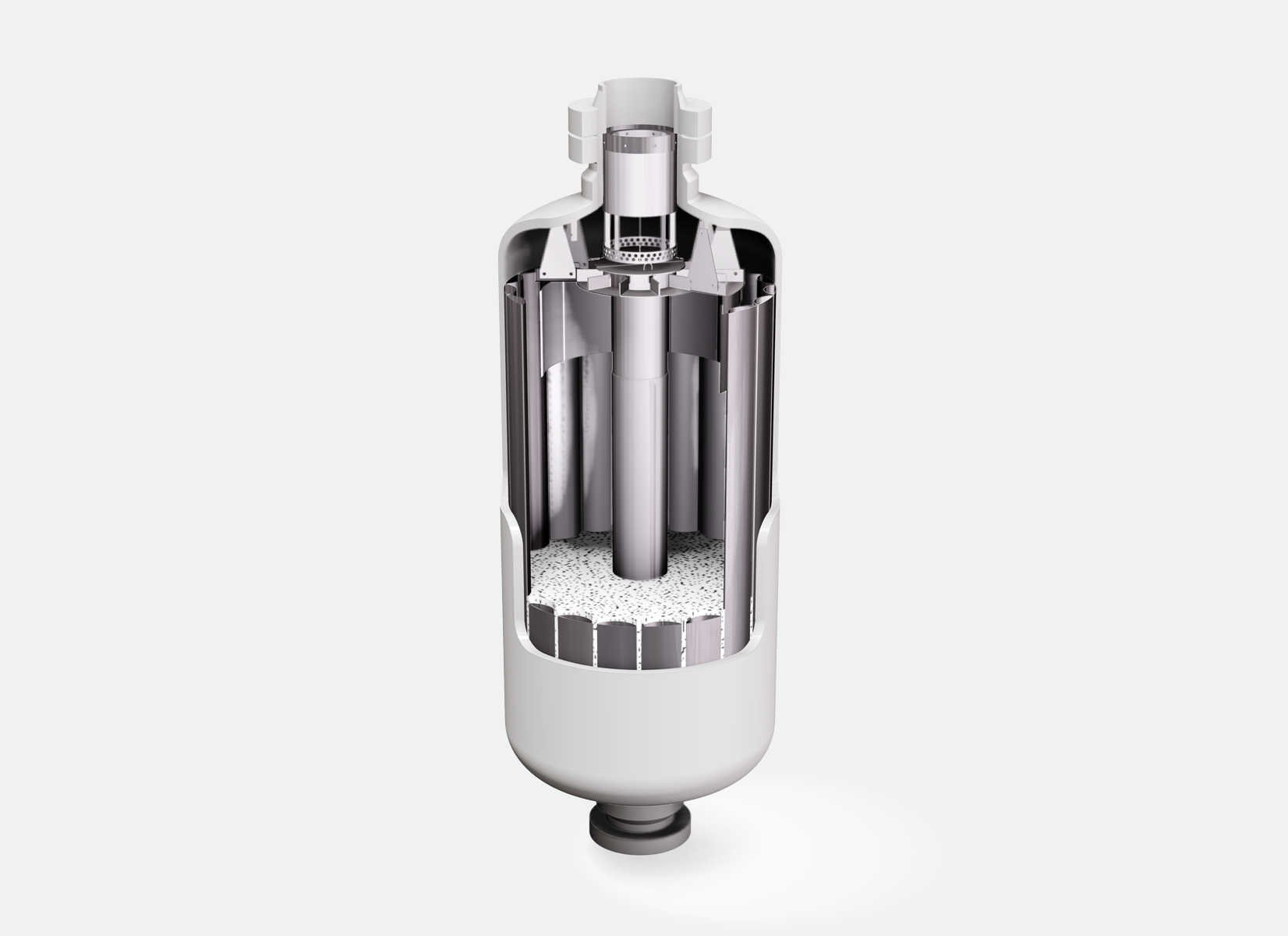
Catalytic reforming reactor internals
The reforming reactions take place via fixed chloride-based catalyst beds or continuous regeneration catalyst beds in radial flow reactors (catalytic reforming reactors), inside which scallops, which distribute the gas radially, and centerpipes, which collect the gas after the reaction, are installed. The catalyst is transferred from the top reactor through the intermediate ones down to the bottom reactor and then finally from this to a regenerator, where there are ‘inner and outer baskets’ generally in Inconel wedge wire screen. After regeneration the catalyst is reintroduced into the top reactor of the reforming process.
Distinctive characteristics of the Costacurta radial flow reactor internals for catalytic reforming (catalytic reforming reactors) are:
- Internal control of all the production phases for the filtering elements used in making the internals (wire cloth weaving, punching and production of wedge wire screens)
- Internal control of all the construction phases for the internals
- Over 60 years of experience in mechanical design and construction of internals
- Availability of dedicated teams highly experienced in project management
